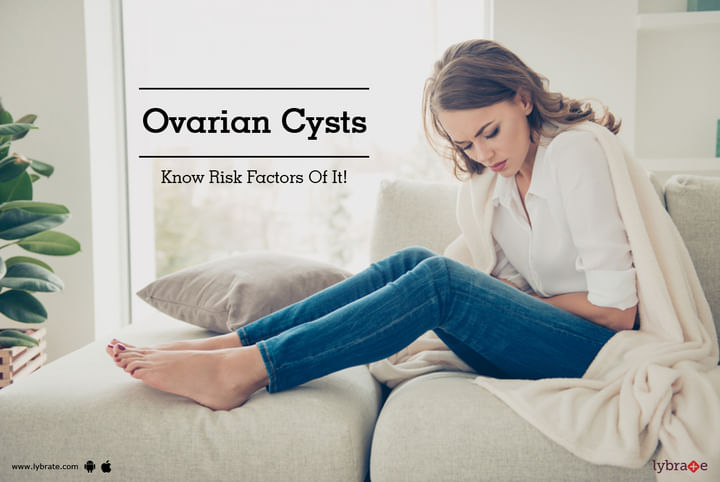Ovarian Cysts - Know Risk Factors Of It!
The ovaries
The ovaries are an important part of the female reproductive system. Ovaries have three important functions:
(A) They secret specific hormones
(B) They protect the eggs that a female is born with
(C) Release eggs for fertilization. If the egg fertilizes with sperm it can result in a pregnancy.
Ovarian cysts are quite common among women. Ovarian cysts are known to be small sacs filled with fluid that are situated in the ovaries.
Types of ovarian cysts
Cysts can be divided into: -
-
Functional ovarian cysts: - These are related to the menstrual cycle. Each month the ovaries release an egg. The egg forms inside the ovary in a structure called follicle. The follicle contains fluid that protects the egg during its growth & bursts when the egg has to be released. Follicle cysts form when sometimes a follicle does not release an egg or does not discharge its fluid and shrink after the egg is released. Functional ovarian cyst normally does not cause any symptoms and disappears in a few months without the need for any treatment.
-
Pathological ovarian cysts: - Pathological cysts are caused by abnormal cell growth and are not related to the menstrual cycle. They can also develop after menopause. Pathological cysts are usually non-cancerous but can also be cancerous, requiring treatment.
Symptoms related to ovarian cysts
Generally, ovarian cysts show no specific symptoms and are only found during a physical examination or on an ultrasound. In case of large cysts or those that have ruptured or where bleeding has occurred inside the cysts, one may experience certain symptoms like -
-
Pain in lower abdominal and pelvic region. This pain may be intermittent or persistent. It can also vary from being mild to quite sharp.
-
Pain during coitus.
-
Irregularity in the menstrual cycle.
-
Uncomfortable pressure in the lower abdominal and pelvic area.
-
Acute pain in the pelvic area and the lower back all throughout the menstrual period.
-
Pain in the pelvic area after a session of vigorous exercise or strenuous physical activity.
-
A feeling of discomfort or pain while urinating or during bowel movements.
-
Pain in the vaginal area, or light bleeding.



+1.svg)
